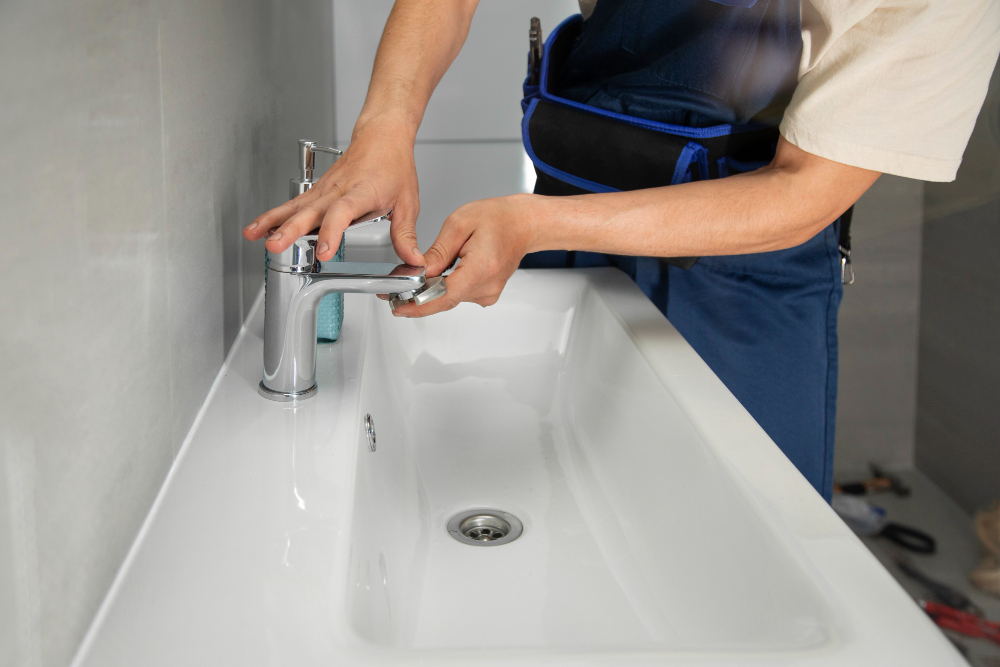Selecting a new kitchen faucet may seem like a straightforward task, but it’s an important decision that can impact the functionality, aesthetics, and overall experience in one of the busiest areas of your home. With a myriad of options available, it’s crucial to consider several factors before making your choice. Here are seven essential things to keep in mind when selecting a new kitchen faucet:
Table of Contents
Toggle1. Style and Design
The style of your kitchen faucet plays a significant role in enhancing your kitchen’s overall aesthetics. Consider the existing design and theme of your kitchen. Do you have a modern, minimalist, traditional, or farmhouse-style kitchen? Choose a faucet that complements your kitchen’s décor to create a cohesive and visually pleasing look.
2. Sink Compatibility
Before choosing a faucet, examine your kitchen sink’s configuration and the number of mounting holes available. Some faucets require a single hole, while others need three holes for installation. Additionally, check the spout’s reach and height to ensure it comfortably accommodates your sink’s dimensions and provides ample space for various tasks.
3. Faucet Type
There are many kinds of kitchen faucets to choose from:
Single-Handle Faucets: The faucets have one handle to control both temperature and water flow. They offer a streamlined look and are effortless to operate with one hand.
Double-Handle Faucets: The faucets have separate handles for hot and cold water. They provide a classic look and allow for precise water temperature control.
Pull-Down and Pull-Out Faucets: These faucets feature a fountainhead that can be tugged down or pulled out for easier rinsing and cleaning. They’re particularly useful for big pots and dishes.
4. Material and Finish
The finish of your kitchen faucet affects both its formation and durability. Standard finishes include chrome, stainless steel, oil-rubbed bronze, brushed nickel, and matte black. Select a finish that supplements your kitchen’s color scheme and is resistant to tarnishing, corrosion, and fingerprints.
5. Spray Options
Many modern kitchen faucets offer different spray options, such as aerated stream and powerful spray. These options can enhance the versatility of the faucet, making tasks like washing dishes and rinsing produce more efficient. Look for a faucet that has a spray head that is easy to maneuver and has a secure docking system.
6. Water Efficiency
Opting for a water-efficient faucet can have a positive impact on both your water bills and the environment. Look for faucets labeled with the EPA’s WaterSense certification, which indicates that they meet water conservation standards while maintaining high performance. Water-efficient faucets reduce water wastage without compromising water pressure.
7. Installation and Maintenance
Consider the comfort of maintenance and installation when choosing a new kitchen faucet. Some faucets require professional installation, while others come with straightforward DIY instructions. Additionally, choose a faucet with easily accessible parts for potential future repairs. Removable and easy-to-clean aerators are also beneficial for preventing mineral buildup and maintaining optimal water flow.
Bonus Tip: Budget
While not one of the seven factors, your budget is an essential consideration when selecting a new kitchen faucet. Faucet prices can vary greatly, so it’s important to fix a budget that aligns with your financial constraints. Keep in mind that investing in a high-quality faucet can provide long-term durability and performance.


